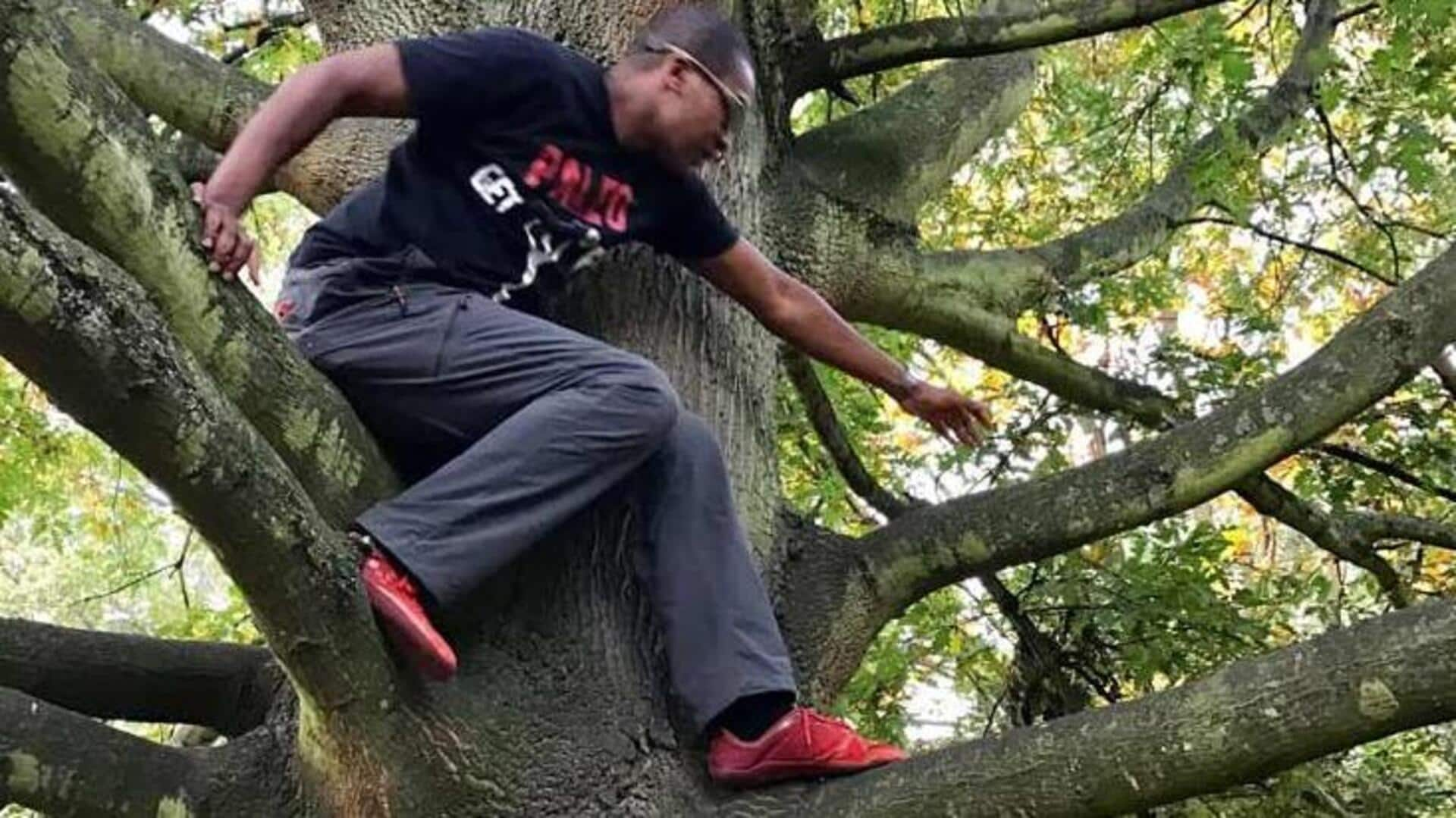
5 surprising benefits of tree climbing
What's the story
While tree climbing is commonly perceived as a childhood activity, it comes with several benefits that go beyond mere play.
The activity can boost physical health, improve mental well-being, and strengthen the bond with nature.
Whether you're an adult wishing to revisit childhood or looking for a new workout, tree climbing has surprising benefits in store for you.
Here are five such benefits of tree climbing that you never knew about.
Fitness boost
Boosts physical fitness
Tree climbing is an awesome way to boost physical fitness.
It engages various muscle groups, including arms, legs, and core muscles.
The activity boosts strength and flexibility, and also provides cardiovascular benefits.
Unlike regular gym workouts, tree climbing can give you a full-body workout in a natural environment without any fancy equipment or expensive memberships.
Mental health
Enhances mental health
Climbing trees has the potential to work wonders for your mental health as well, given that it reduces stress and anxiety levels.
Being in the lap of nature has a calming effect on the mind.
The concentration required while climbing helps take mind off the daily grind and encourages mindfulness.
This mix of physical exertion and mental relaxation makes tree climbing a surefire way to up your well-being.
Problem solving
Improves problem-solving skills
Tree climbing isn't just about going up; it's also about coming down and assessing where to go next.
You'll be surprised how quickly you'll learn to make decisions about where to place your hands and feet next.
This is what enhances your problem-solving skills as climbing requires you to constantly evaluate what's around you.
You'll adapt quickly to changing situations and it'll help you in every walk of life, not just adventure.
Environmental awareness
Encourages environmental awareness
Engaging in tree climbing fosters a greater appreciation for nature and encourages environmental awareness.
Climbers become more attuned to their surroundings as they navigate different trees with unique characteristics, such as bark texture or branch structure.
This heightened awareness can lead individuals toward more sustainable practices in their daily lives by fostering respect for natural ecosystems.
Social interaction
Promotes social interaction
When tree climbing becomes a social activity, it is usually done with friends or family members who have similar interests in outdoor adventures.
Hiking or camping trips together regularly throughout the seasons, year-round, regardless of the weather outside at any given time period during day and night hours alike.